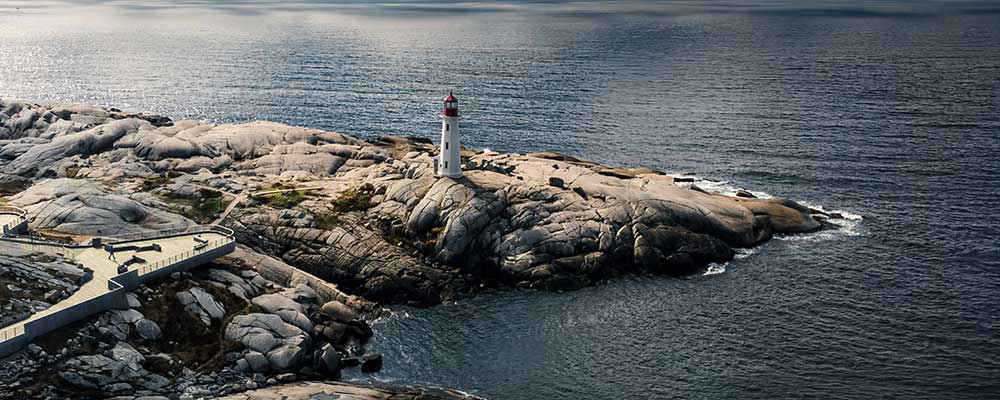Helping after disasters
The Canadian Armed Forces perform many duties here in Canada. They launch search-and-rescue operations when ships are in distress or planes go down in remote areas. But sometimes they play a different role after a major accident. Tragically, this was the case with Swissair Flight 111.
A deadly plane crash
On the evening of 2 September 1998, Swissair Flight 111 took off from New York City. About an hour into its flight to Geneva, Switzerland, the crew detected smoke in the cockpit. The MD-11 passenger jet diverted to the Halifax International Airport. Despite the pilots’ best efforts, the fire spread and they lost control of the plane. At 10:31 PM, the plane plummeted into St. Margaret’s Bay, about eight kilometres off the Nova Scotia coast, near the famous fishing village of Peggy’s Cove.

HMCS Moncton, newly commissioned in July 1998 and crewed mostly with Navy Reservists, was deployed to the crash site.




